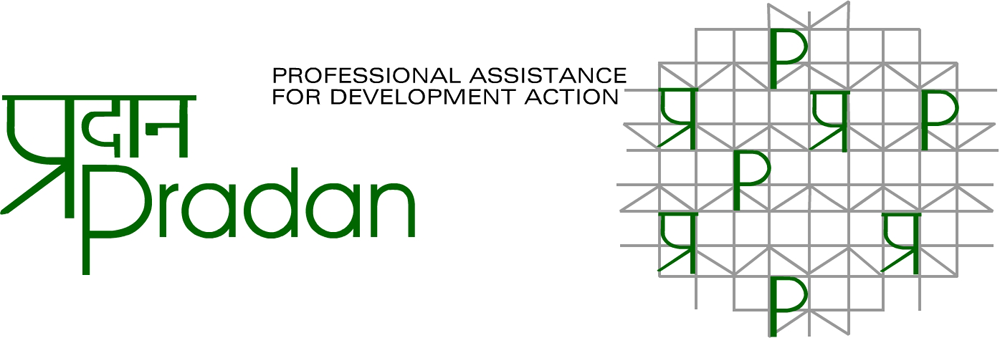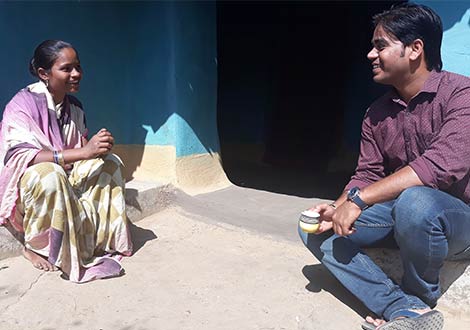Flight to Freedom – Shibam Jha
She had wings but did not fly; for she was too scared where she might land. Little did she know that her flight would change her fate and the fate of this remote village in Nagri block of Chhattisgarh.
Isn’t my life similar in many ways? Writes Shibam Jha
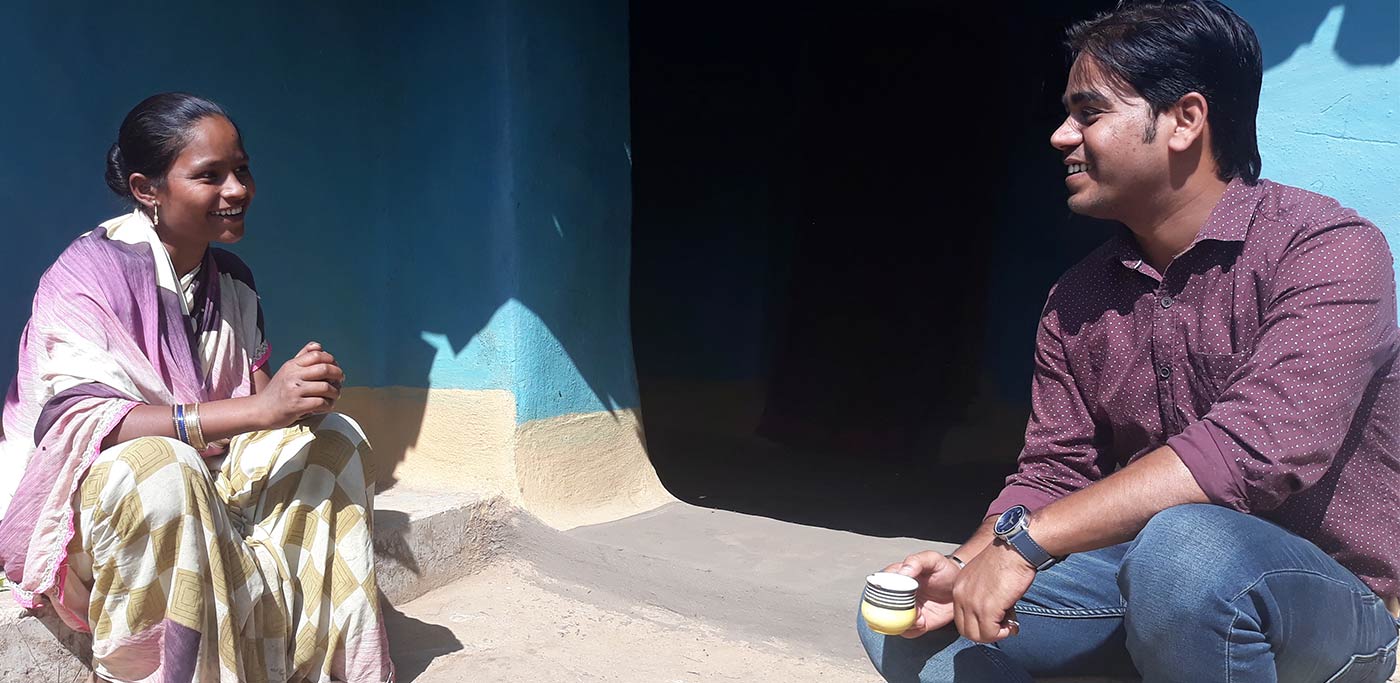
“Bhaiya, kya maine theek samjhaya?” she asked me, immediately after her presentation.
(Did I explain well?)
To be honest, I am in a pensive mood. All my late teenage years flash in front of me: from buying stolen coal for my house in Dhanbad, from the children of Mahato community, to teaching them mathematics. But that was idealism of youth, tales of a bygone era enacted from the cosy confines of home. When I decided to join rural development after my engineering, few were surprised, least of all, my family. My professor father simply remarked, “So you have found your calling?”
I think he was glad.
In the year 2014, I joined PRADAN. I was apprehensive, to say the least. I had never lived in a village before, let alone in a tribal block. I feared I will run away in a few days.
The vivid contrast of the place was stark: beautiful hilly forested terrain but low agriculture productivity, large dam and silky roads but grinding poverty, distress mobility to urban centres but a uniquely vibrant culture.
I liked my work immediately.
Now I work with people, in some of the remotest villages of India. Rural development or poverty alleviation, whatever one may call it, is a complicated business. I am making a difference, in their lives (and my own) with all my heart. I know it is just a drop in the ocean, yet for me it is an important drop. And the village of Guhannala is a microcosm of all my work. I facilitate 15 Self Help Groups (SHGs) here. When new agriculture practice, System of Root Intensification (SRI) and trellis farming, was introduced in this village, there were few takers. The entire farming practice eco-system had to undergo a sea change. I remember distinctly all the video shows at night and the intensive discussion during training of farmers. I still crack a joke before the start of any training: the laughter and smiles help me calm my nerves. In the subsequent years, agriculture production in the village went up significantly. The entire village has now shifted to scientific agriculture practices. But a major challenge remains: work on land development and infrastructure.
Today’s meeting could open a golden window of investment on land and natural resource in Guhannala, I thought. I find myself shivering mildly.
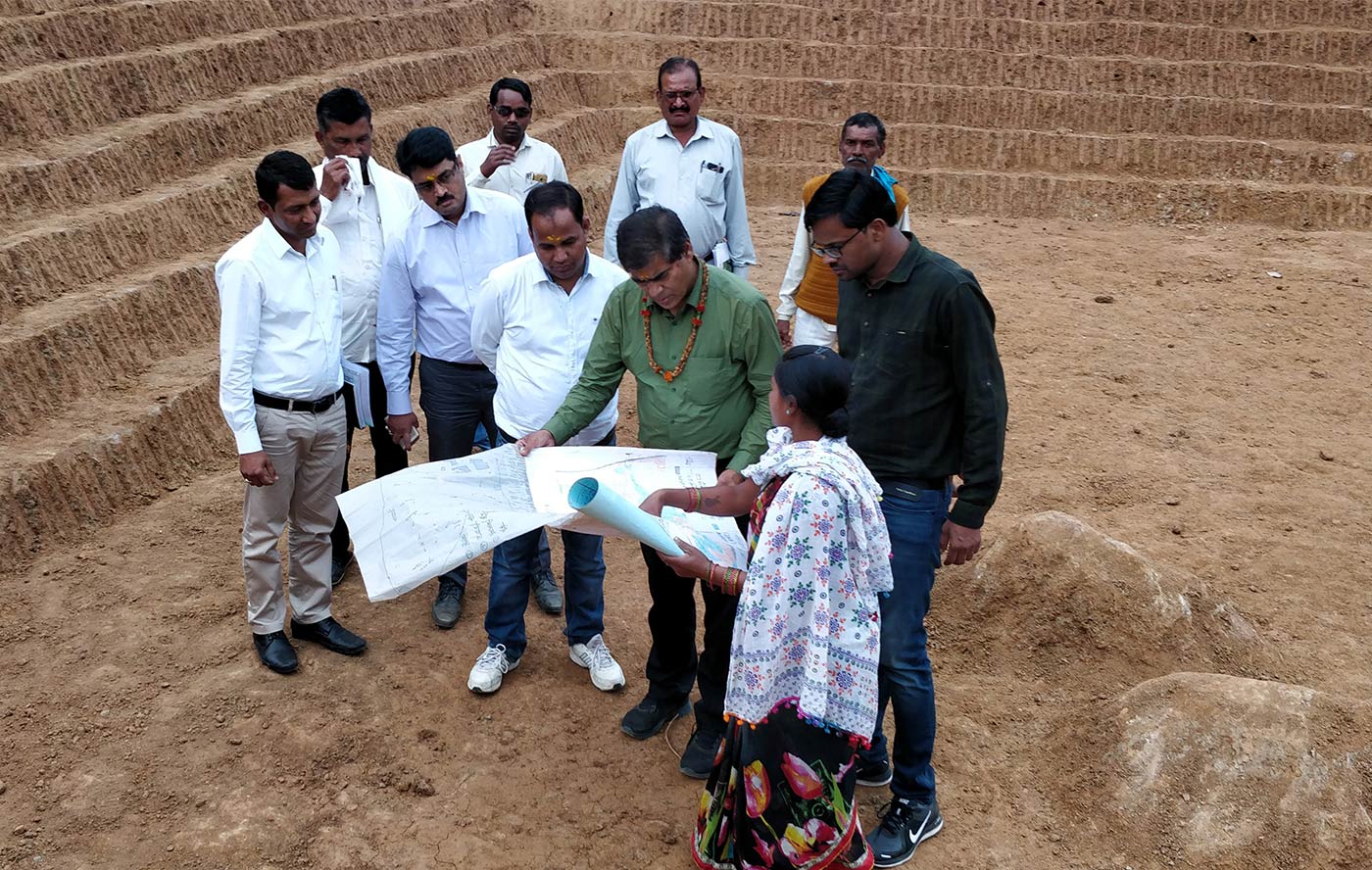
A memory from an earlier training gives me strength.
“Mai bohot kuch karna chahti hoon, lekin thoda darr lagta hai, kabhi mauka bhi nahi mila”, Droupdi Markam told me during the training program in her village.
(I want to do so many things, but there is fear; I have never got the opportunity too).
This Gond tribal woman had to drop out of school to tend to her younger siblings. After marriage, her life was confined to the family farm or farms of others as labourer. When she joined the Self Help Group (SHG), it opened a small outlet of hope. Regular saving and micro-lending within her group broke the debt trap while new agriculture practices ensured year round food security. This helped Droupdi easily negotiate within her household for the required mobility to SHG meetings and trainings, even beyond her village.
In that particular training, the women made a resource map of the entire village. Given the uncertainties of climate and a rather undulating farm terrain, land development was a necessary step for economic and agricultural progress.
We did a transect walk across the village, covering all farms and resources. Droupdi had a paper and pen. She took her notes. After the walk, we gathered back at the training spot. She opened the village map and marked the plots supported by her SHG sisters. In a single day, these semi-literate women had developed a resource map of their village detailing the infrastructure investment required. In the parlance of development-walas and rural engineers, this is called Integrated Natural Resource Management (INRM) planning.
I was awe-struck as this group of women called a Panchayat (decentralized village governance) meeting and Droupdi eloquently explained what was needed to be done in the village for progress. They had an activity sheet backed by a colourful village map. The astonished Panchayat officials passed the resolution approving the INRM plan.
“Humne chaar kadam aapki aur badhaya , aap do kadam hamari taraf bhi badhayein”, she says.
(We have taken 4 steps towards you; now please take 2 steps towards us)
Droupdi is standing tall today, oozing with confidence as she explains the map to officials from the district and state rural development agencies. I sit in a corner. The rest of the SHG women chip in and support her presentation. The officials seem impressed. It makes a good story for everyone: state support for a decentralized village plan made by indigenous tribal women.
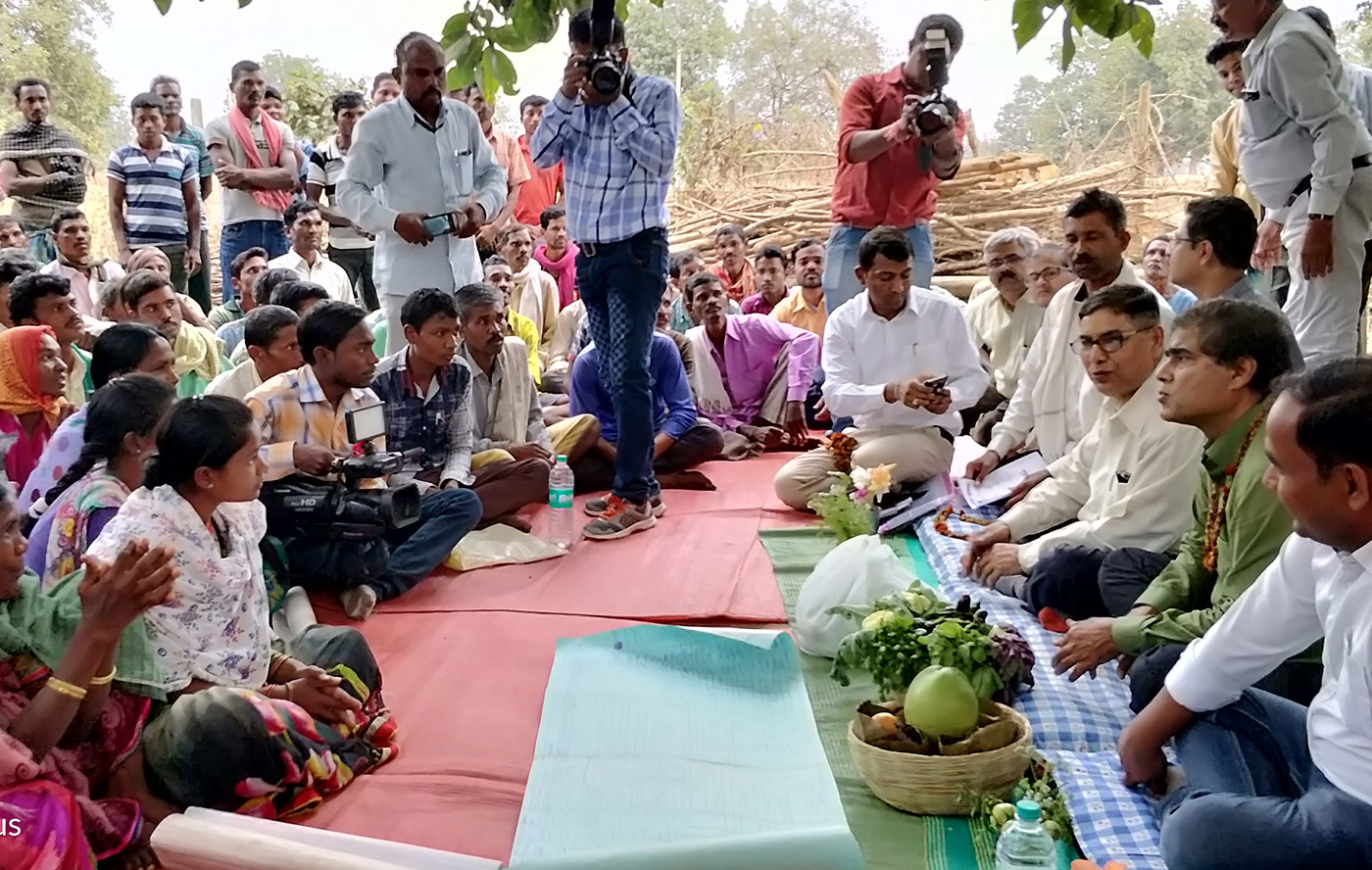
As Droupdi completes her presentation, I find myself clapping- clapping with pride, clapping for her and the women of Guhannala and a little for myself too, as a co-traveller in their journey.
I know poverty is complicated and for a few steps forward, there are a few forced steps backward. But I am happy. Just like Droupdi, I also feel like I am flapping my wings and finally learning to fly.
PS: Work has commenced at a neck-break speed in the village. More than 60 acres of land has been developed for cultivation. Seventy acres of land has assured irrigation from the newly constructed farm ponds. Paddy production has doubled. Importantly, this intervention has been replicated in eight surrounding villages under MGNREGS (flagship rural development program of the Government of India).
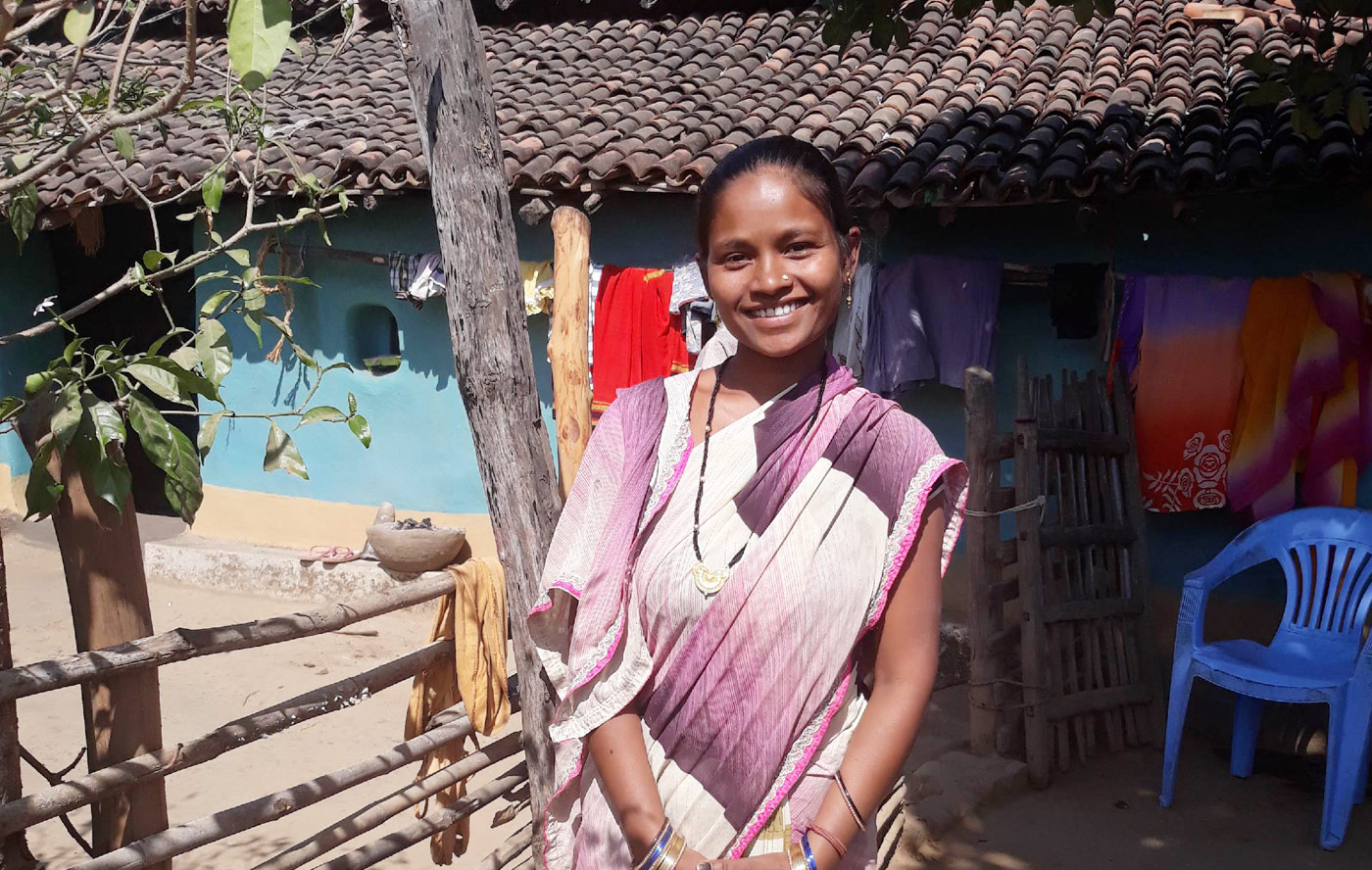
She had wings but did not fly; for she was too scared where she might land. Little did she know that her flight would change her fate and the fate of this remote village in the Nagri block of Chhattisgarh.

